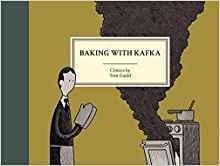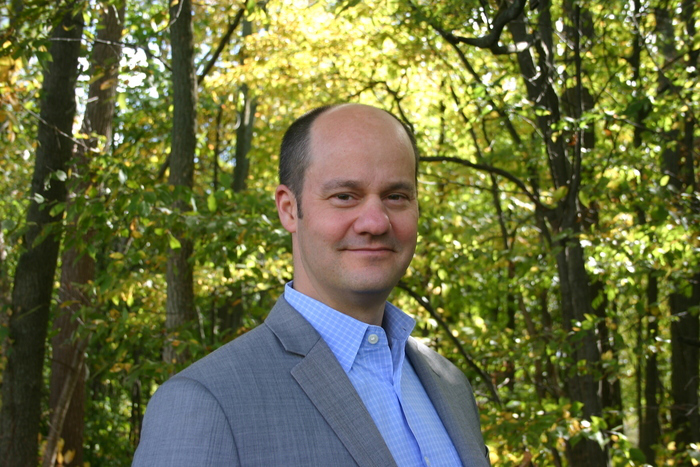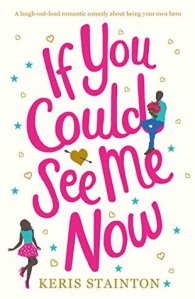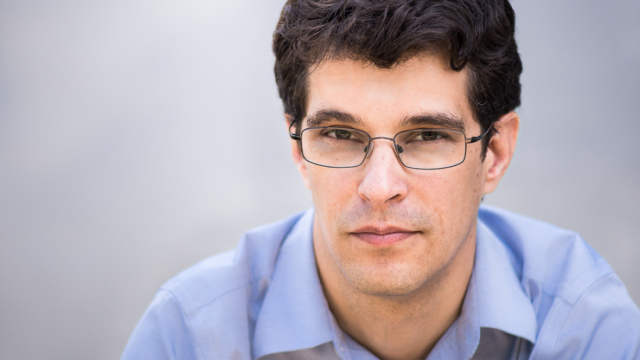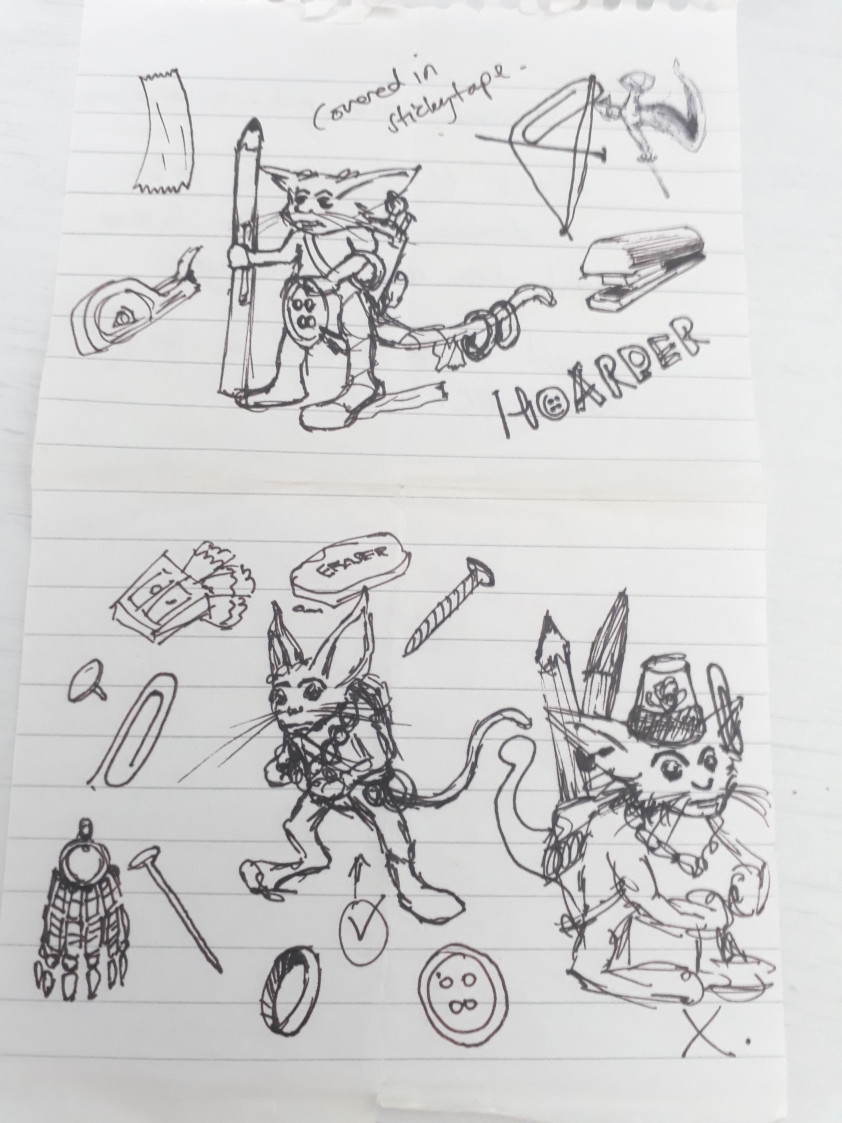Download links for: Turing's Cathedral: The Origins of the Digital Universe


Reviews (see all)
Write review
Good history of early computing. A bit dry if you aren't a tech-head.
Niet heel enthousiast
Geekariffic!
Loved it
Other books by History & Biography
Related articles



